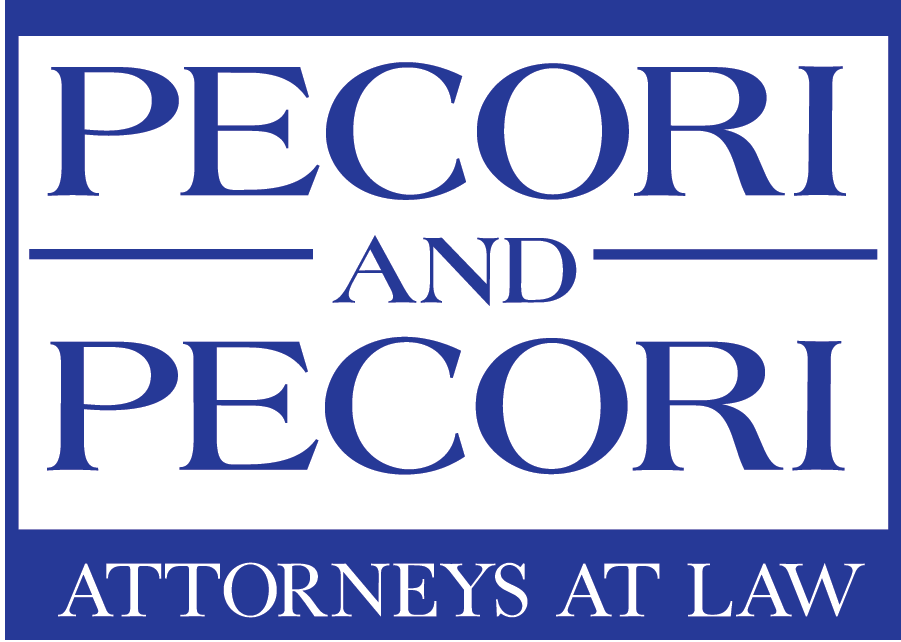We often work with clients who are part of blended families. These families can be complex, and estate planning can be particularly challenging when there are multiple marriages, children from different relationships, and competing interests to consider.
However, with the right strategies and guidance, navigating these tricky family dynamics and creating an estate plan that meets your goals and protects your loved ones is possible.
Start with a Clear Picture of Your Family
The first step in estate planning for blended families is to create a clear picture of your family.
This means identifying all of the family members who will be affected by your estate plan, including spouses, ex-spouses, children, stepchildren, and grandchildren. It’s important to consider each person’s age, relationship with you, financial situation, and potential conflicts.
Update Your Beneficiary Designations
One of the most important aspects of estate planning is ensuring that your assets go to the right people. This is especially important for blended families, where there may be multiple people who have a claim to your assets.
Make sure that all of your beneficiary designations are up-to-date and reflect your current wishes. This includes retirement accounts, life insurance policies, and other assets outside of probate.
Consider a Trust
A trust can be a valuable tool for estate planning in blended families. With a trust, you can control how and when your assets are distributed to your beneficiaries. You can also designate a trustee to manage the trust after your death.
A trust can be beneficial when you have minor or adult children who may not be responsible enough to manage their finances.
Communicate Clearly with Your Family
Open and honest communication is key to successful estate planning in blended families. Ensure your family members understand your wishes and why you have made certain decisions.
Clear communication helps avoid misunderstandings and conflicts down the road. It’s also a good idea to involve your family members during the estate planning process so that everyone feels heard and included.
Plan for Long-Term Care
Long-term care can be a significant expense for many families, especially when multiple spouses or ex-spouses are involved. Make sure you have a plan to cover these expenses, whether it’s through long-term care insurance, Medicaid planning, or some other strategy.
Planning now can help to protect your assets and ensure that your loved ones are taken care of in the event of a long-term illness or disability.
Work with an Experienced Estate Planning Attorney
Finally, it’s important to work with an experienced estate planning attorney who understands the unique challenges of blended families. An attorney can help you navigate legal and financial issues and provide valuable guidance and support. Estate planning for blended families can be complex, but with the right strategies and guidance, creating a plan that meets your goals and protects your loved ones is possible. If you are part of a blended family and are considering estate planning, contact our office today to learn more about your options and how to get started.





